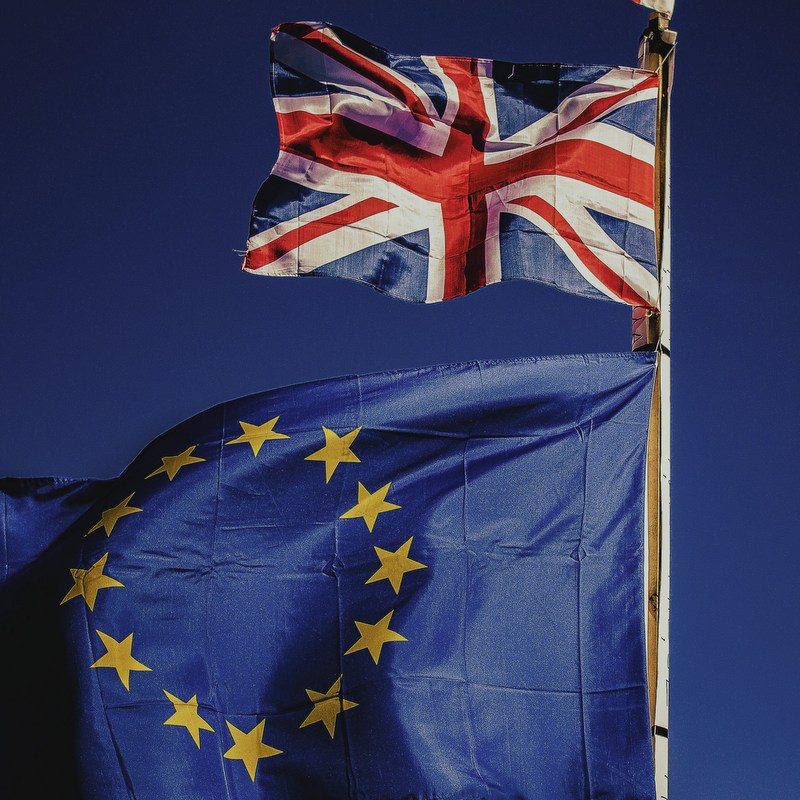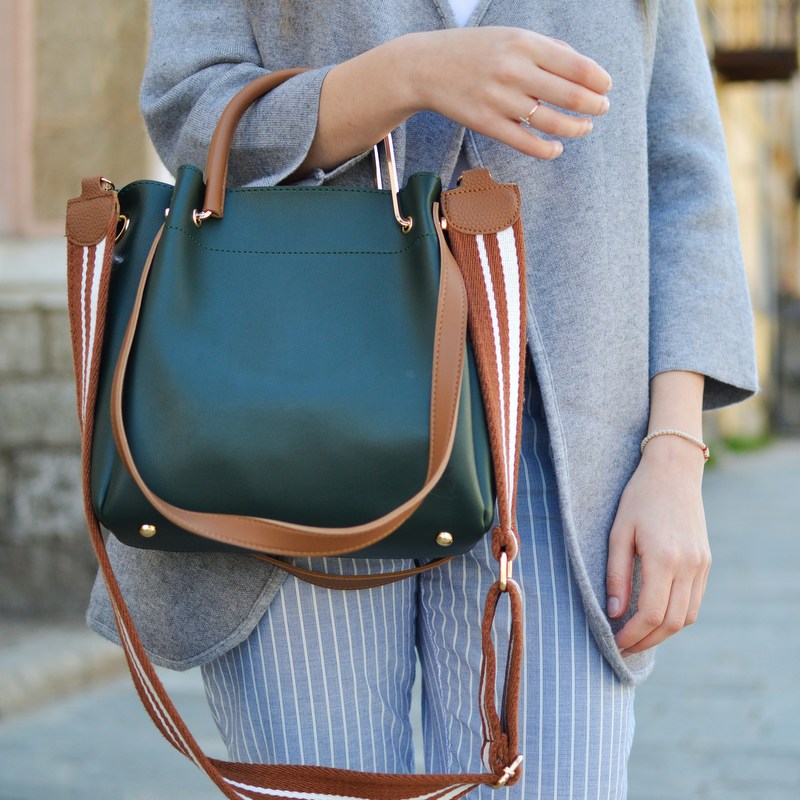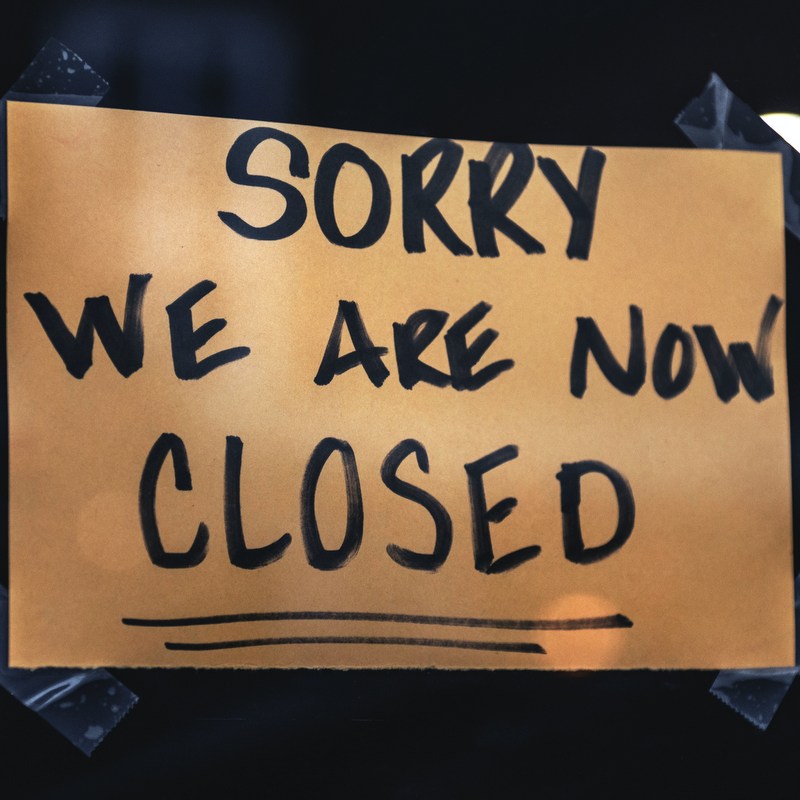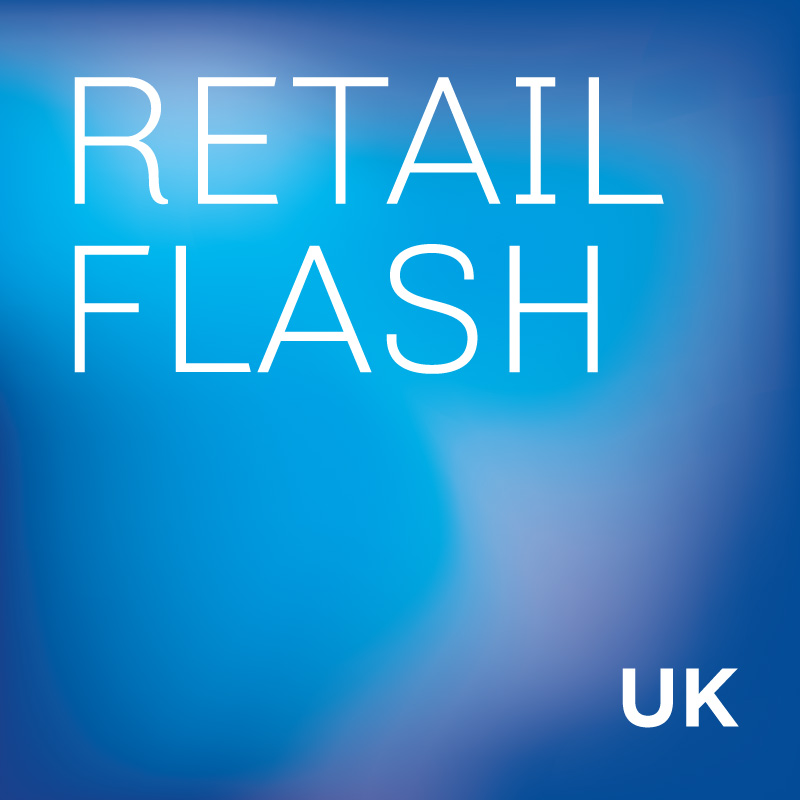Register to continue reading for free
EU-UK deal: how it will work for footwear?

The big news on Christmas eve was the announcement of the much-expected deal between the European Union and the UK, which will frame the way both parts live, work and trade together post-Brexit. Today we focus on the aspects concerning footwear trade
The UK voted to leave the European Union (EU) in the referendum held in the country in 2016 and officially left the trading bloc on the 31st of January 2020. In the meantime, both sides agreed on a transition period, during which the UK has followed EU rules, and while negotiators from both parts worked on a post-Brexit deal.
The two parts finally agreed and announced a deal on the 24th of December 2020, which sets the new rules for how the UK and EU will live, work and trade together.
While the UK was in the EU, companies could buy and sell goods across EU borders without paying taxes and with no limits imposed to the quantities traded. With the new deal, such conditions will not change, but new rules and procedures will be in place.
Two Main Aspects of the Trade Deal
• There will be no taxes / tariffs on goods or limits on the amount that can be traded (quotas) between the UK and the EU from the 1st of January onwards. As a result, the fear that some goods could become more expensive has been avoided.
• Nevertheless, the United Kingdom will become a third country (outside the EU), and vice versa, so all the formalities of this will apply. Some new checks will be introduced at the borders, such as safety checks and customs declarations and businesses will need to prepare for new procedures and paperwork at the borders. The UK already said it will delay making most checks for six months, to allow people to get used to the new system, but the EU will be checking paperwork and carrying out checks from day one. So, if businesses are not prepared, or do not fill in the new paperwork correctly, delays and backlogs might occur.
• Nevertheless, the United Kingdom will become a third country (outside the EU), and vice versa, so all the formalities of this will apply. Some new checks will be introduced at the borders, such as safety checks and customs declarations and businesses will need to prepare for new procedures and paperwork at the borders. The UK already said it will delay making most checks for six months, to allow people to get used to the new system, but the EU will be checking paperwork and carrying out checks from day one. So, if businesses are not prepared, or do not fill in the new paperwork correctly, delays and backlogs might occur.
Prove of Origin (Origin Declaration)
Not all goods crossing the borders are free of customs duties. The importer will have to prove that the goods are originated from the other party. UK importers have to prove that they are importing goods with EU origin and the other way around.
The preferential treatment (elimination of tariffs) is based on a claim submitted by the importer, which is usually based on a “Statement of Origin” made out by the exporter on the invoice. The importer should request their suppliers to include this statement in all invoices.
Customs' authorities may request additional information (before or after the products are released) to prove that they comply with the specific rules of origin.
Statement of Origin
The exporter should include in the invoice a statement of origin using the text bellow:
The exporter of the products covered by this document (Exporter Reference No ... (a)) declares that, except where otherwise clearly indicated, these products are of ... (b) preferential origin.
…………………………………………………………….............................................(c)
(Place and date)
…………………………………………………………….............................................
(Name of the exporter)
a) Indicate the reference number by which the exporter is identified. For the Union exporter, this will be the number assigned in accordance with the laws and regulations of the Union. For the United Kingdom exporter, this will be the number assigned in accordance with the laws and regulations applicable within the United Kingdom. Where the exporter has not been assigned a number, this field may be left blank.
b) Indicate the origin of the product: the United Kingdom or the European Union (do not mention the specific member country).
c Place and date may be omitted if the information is contained on the document itself.
The exporter of the products covered by this document (Exporter Reference No ... (a)) declares that, except where otherwise clearly indicated, these products are of ... (b) preferential origin.
…………………………………………………………….............................................(c)
(Place and date)
…………………………………………………………….............................................
(Name of the exporter)
a) Indicate the reference number by which the exporter is identified. For the Union exporter, this will be the number assigned in accordance with the laws and regulations of the Union. For the United Kingdom exporter, this will be the number assigned in accordance with the laws and regulations applicable within the United Kingdom. Where the exporter has not been assigned a number, this field may be left blank.
b) Indicate the origin of the product: the United Kingdom or the European Union (do not mention the specific member country).
c Place and date may be omitted if the information is contained on the document itself.
Specific Rules of Origin
The trade deal between the Eu and the UK establishes the general generic rules in existence in the European Union, which are more flexible than those established on recent Free Trade Agreements celebrated by the EU.
For Footwear
Footwear can incorporate any imported component except uppers affixed to insoles.
Uppers can be imported, soles can be imported; providing that the assembly of the insole and the sole is made in the United Kingdom, then the product can be exported to the EU free of duties (and the other way around).
Footwear can incorporate any imported component except uppers affixed to insoles.
Uppers can be imported, soles can be imported; providing that the assembly of the insole and the sole is made in the United Kingdom, then the product can be exported to the EU free of duties (and the other way around).
For Leather Goods
Belts, Bags or any other similar goods can incorporate imported leather or any imported component.
Leather, straps or other component can be imported: providing that the assembly is made in the EU the products can be exported to the UK free of duties (or the other way around).
Belts, Bags or any other similar goods can incorporate imported leather or any imported component.
Leather, straps or other component can be imported: providing that the assembly is made in the EU the products can be exported to the UK free of duties (or the other way around).
Note: Bear in mind that the European Union is a single party, meaning that the assembly operations can take place in different countries of the EU and even so the product can be exported to UK free of duties.
CE marking and the new UKCA marking for PPE*
The new UKCA (UK Conformity Assessed) marking came into effect on the 1st of January 2021, replacing the CE marking. However, to give companies time to adapt to the new requirements, a transition period of one year will be provided. Manufacturers will then be able to use the CE marking until the 1st of January 2022.
Existing stocks of PPE manufactured and certified by the CE marking, before the 1st of January 2021, can still be sold in the United Kingdom. From the 1st of January 2022 onwards only PPE with a UCKA marking can be sold in the United Kingdom. The UKCA brand will not be recognized by the EU.
The UKCA marking will only be issued by UK organizations. This certificate will be like the CE marking procedure.
Until the 1st of January 2023, the UKCA can be attached in the form of a label or on the packaging of the PPE; from that date onwards, it will have to be attached on the PPE, like the CE marking.
Official guidance about the UKCA mark can be found on this link: www.gov.uk
UK Procedures to Move Goods
The UK already published two important documents summarizing the import and export procedures for goods entering or leaving its borders. Follow the links below for more information on all the necessary steps to move goods into and out of the UK:
How to import goods from the EU into GB from January 2021
How to export goods from GB into the EU from January 2021
How to export goods from GB into the EU from January 2021
Other Aspects to Bear in Mind
- Freedom to work and live between the UK and the EU also comes to an end, and going forward, visas will be required for other than short term stays;
- Northern Ireland will continue to follow many of the EU's rules in order to avoid a hardening of its border with the Republic of Ireland. However new checks will be introduced on goods entering Northern Ireland from the rest of the UK;
- The UK will no longer follow the EU’s trade policy and trade deals; Talks are being held by the UK authorities with countries such as the US and Australia, in order to reach a trade deal with important trade partners;
- Businesses offering services, such as banking, architecture, and accounting, will lose their automatic right of access to EU markets and will face some restrictions;
- There will no longer be automatic recognition of professional qualifications for people such as doctors or architects;
- EU pet passports will no longer be valid;
- European Health Insurance Cards (EHIC) cards will remain valid until they expire;
- The UK is no longer subject to the ban on additional roaming charges;
- Over the next five-and-a-half years, the UK will gradually gain a greater share of the fish from its own waters. The UK could choose to ban EU fishing boats from 2026, but the EU would be allowed to introduce taxes on British fish in response;
- The UK will no longer participate in the Erasmus exchange programme, an EU scheme that helps students’ study in other countries. Students at universities in Northern Ireland will continue to participate in Erasmus, as part of an arrangement with the Irish government.
- Northern Ireland will continue to follow many of the EU's rules in order to avoid a hardening of its border with the Republic of Ireland. However new checks will be introduced on goods entering Northern Ireland from the rest of the UK;
- The UK will no longer follow the EU’s trade policy and trade deals; Talks are being held by the UK authorities with countries such as the US and Australia, in order to reach a trade deal with important trade partners;
- Businesses offering services, such as banking, architecture, and accounting, will lose their automatic right of access to EU markets and will face some restrictions;
- There will no longer be automatic recognition of professional qualifications for people such as doctors or architects;
- EU pet passports will no longer be valid;
- European Health Insurance Cards (EHIC) cards will remain valid until they expire;
- The UK is no longer subject to the ban on additional roaming charges;
- Over the next five-and-a-half years, the UK will gradually gain a greater share of the fish from its own waters. The UK could choose to ban EU fishing boats from 2026, but the EU would be allowed to introduce taxes on British fish in response;
- The UK will no longer participate in the Erasmus exchange programme, an EU scheme that helps students’ study in other countries. Students at universities in Northern Ireland will continue to participate in Erasmus, as part of an arrangement with the Irish government.
*Personal Protective Equipment - professional footwear, masks, medical clothing, work gloves, amongst others.
Image credits: Rocco Dipoppa on Unsplash







